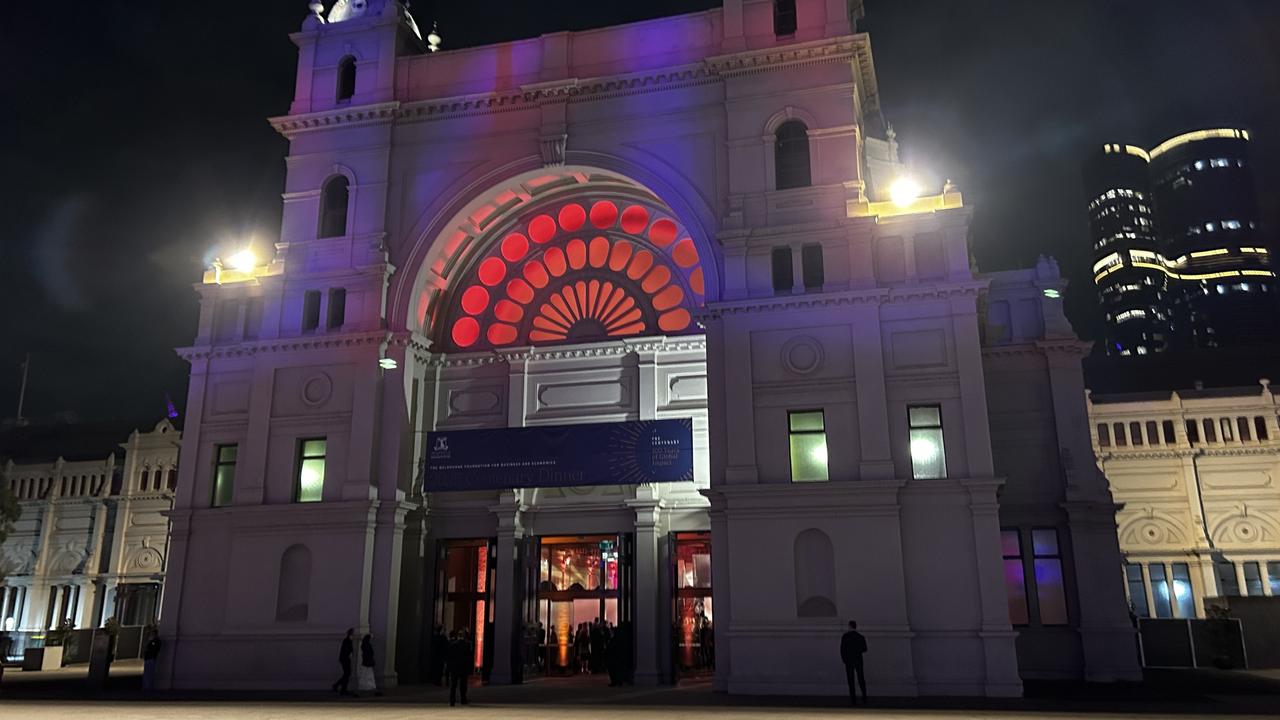
Together with another $17bn in personal tax cuts brought forward and some $14bn in infrastructure spending, the government’s budget makes it clear it is seeing the investment incentives as a way to encourage business to spend its way out of the economic downturn.
The moves which will allow companies with a turnover of up to $5bn to fully expense normally depreciable assets such as new cars and trucks, software and production lines in the first year they are installed or in use are much more generous than business lobby groups had been expecting.
The program’s deadline of June 2022 will ensure that businesses that are considering new investments need to get a move on.
Loss-making businesses with a turnover of less than $5bn will also benefit from a temporary new loss carry-forward program which will help them claim a tax deduction for losses, subject to certain conditions, rather than having to wait to claim them against future profits.
But whether the budget’s targeted incentives will unleash Frydenberg’s hoped for “wave of investments” will depend on whether businesses in Australia have the confidence to invest at all in the face of the most serious economic crisis in decades.
If they fear their business is about to collapse no amount of new incentives will encourage them to spend more.
The budget comes at a tipping point for business.
Some may still fall by the COVID wayside, particularly those in Victoria.
But the budget’s suite of stimulus measures from personal tax cuts to infrastructure spending, incentives for hiring and training new workers and generous investment write-offs, has shown a government prepared to do what it takes to turn the tide.
As the treasurer makes it clear in his speech, the budget is aimed at encouraging the private sector to go forth and spend and hire new workers.
Business may be fearful of the future, but the budget has now given plenty of companies an opportunity to move out of neutral and into first, second and maybe third gear.
With incentives for housing, infrastructure, small business and research and development, and with the retail sector to receive a boost from the accelerated tax cuts, there is almost something in it for every Australian business which cares to look.
The personal tax cuts will help businesses in hospitality, retail and tourism.
The investment incentives should stimulate companies in technology, the car and truck industry and construction.
The loss carryback initiatives will help provide cash flow to loss-making businesses, some of which might be on the verge of collapse.
The Business Council of Australia on Tuesday night welcomed it as “the right budget at the right time”.
As BCA chief executive Jennifer Westacott said, it was about moving from emergency support to targeted spending.
“The budget will help employers get back to business,” she said. “It rightly puts the incentives back with the private sector to reopen, grow and employ more people.”
The budget has shown that the Business Council’s arguments for further cuts in company tax rates are still a political step too far – despite the fact that Australia now has some of the highest corporate tax rates in the world.
But Tuesday’s package is about the politically doable – bringing forward tax cuts for lower income people, encouraging business to invest and state and local governments to push ahead with shovel read infrastructure and spending programs.
The budget was not about any bad news for business, nor was it about reform of the tax system or other challenges including the industrial relations system.
It was a package of short-term stimulatory measures designed to shift the balance from government to the private sector at a time when private sector investment is plunging.
As PwC chief executive Tom Seymour said: “Businesses can take advantage of this once-in-a-century federal budget by using it as a springboard for future growth. We particularly welcome decisions to reintroduce a loss carryback tax provision as a pressure release for many businesses who are loss making due to COVID-19; a reform which makes sense following the lead of other similar economies around the world including the US and New Zealand.”
Business is still looking for more comprehensive tax reform and other changes, but now the focus is on short-term survival.
In return, the government is also looking for business to do its part in continuing to hire low wage workers as the JobKeeper and JobSeeker programs phase out next year.
How successful these programs will be remains to be seen, but for now budget 2020 could be the circuit breaker which business needs and for those companies that have the capacity to seize the opportunities presented to them.




The success of Josh Frydenberg’s attempts to “kick start” an unprecedented $200bn wave of new capital investment over the next two years will depend on the budget’s capacity to restore business confidence.